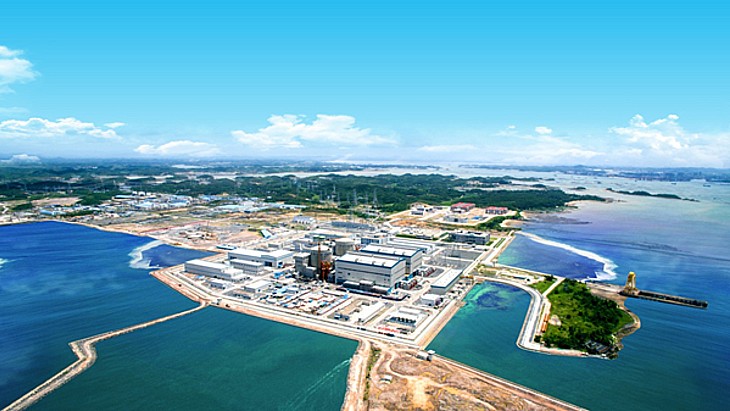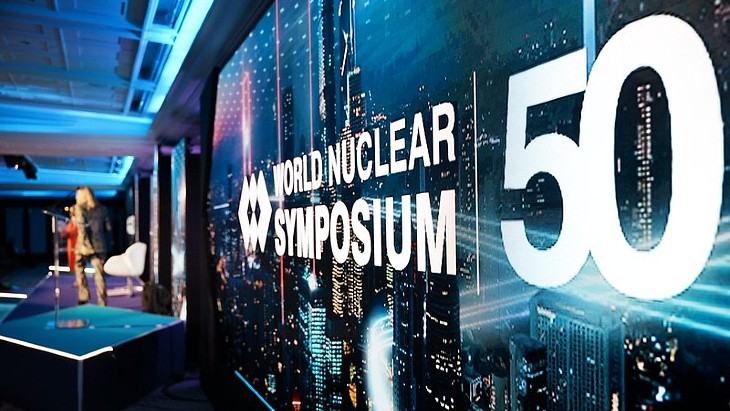The government of Slovenia has adopted a national strategy for 'coal exit'. As well as the mining and burning of coal, it defined a "process of comprehensive social and economic restructuring" for its coal-producing regions of Zasavje and Savinjska-Šaleška. The regions will have access to a 'fair transition fund' of EUR248 million (USD281 million) until 2027.
Today, coal makes up 30% of Slovenian electricity, while nuclear from the single-unit Krško nuclear power plant is some 36%. The reactor entered operation in 1981 and its operator NEK envisages it continuing until 2043 assuming a successful process of long-term operation.
Built before the break-up of Yugoslavia, Krško has since then been operated by NEK on behalf of its owners Slovenia's GEN Group and Croatia's Hrvatska elektroprivreda. GEN Group takes the lead in its management and is planning to complement Krško with a new, large reactor before 2030. Last year the company was granted an 'energy permit', which allows it to proceed with siting studies.
On 6 January, when GEN Group presented its plans for the year, the company's Business Director, Danijel Levičar, said a new reactor at Krško "is not only a strategic development project of the GEN Group, but an intergenerational project of the entire Slovenian society."
GEN Group proposes to decarbonise all Slovenian electricity by 2035 through the construction of a new reactor with assumed capacity of 1100 MWe, the completion of the Mokrice hydro plant and the addition of 1000 MWe of solar panels.

.jpg)



_92619.jpg)

_84504.jpg)
_58447.jpg)




